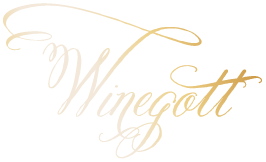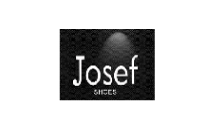What makes fine wine a sound investment?
Limited Supply
The main driver of growth seen in the fine-wine market is limited supply paired with rapidly increasing demand. Fine wine is produced from the annual harvests of small or medium-sized vineyards of fixed surface area. In order to improve quality, the volume is often reduced. Monasteries have been practicing the art of classifying individual vineyards for centuries, and the best terroirs are classified as “grand crus.” Additional vines of grand-cru status cannot be planted because it is not possible to create a grand-cru parcel at will. The supply potential is therefore static and cannot be increased (aside from a slight degree of fluctuation in production based on the weather).
The top classification, First Growth or Premier Cru, constitutes the most sought-after wines in existence (and no, no new plantings are added to these properties), and their level of production is minute.
"The production in these areas has not changed in decades and is not expected to change in the next 100 or 200 hundred years," said Robert Parker in 2005. In fact, in order to improve the quality the production needs to be further reduced.
Fine Wine improves in quality as it matures
Fine wine is an asset which improves with age; its quality is enhanced as it matures, in a process than can last many decades. Moreover, as these wines age, they begin to be consumed, making them both rarer and in increasing demand. This inevitably results in higher prices – a chateau cannot produce more of an older vintage, this is simply not possible. Fine wine is the only commodity that naturally depletes each year and cannot be replenished. There are no new sources to be discovered or higher yields that can be achieved.
Accordingly, if a wine is traded and consumed over several years, yet demand remains constant or grows, a perfect inverse supply curve is created.
The increasing interest of emerging economies in the fine-wine market has highlighted the exclusivity of the product. Nowhere is this more apparent than in China where the rarest vintages are considered to bring prestige to the businessman drinking them or when given as a gift to close a deal.
Asset security and protection against inflation
Political and economic uncertainty lead to greater demand for physical assets such as gold and fine wine, considered a “safe haven” for investment, which also provides protection against inflation.
The fine-wine market is not correlated with the financial markets
"The only thing that is going to affect wine prices is a global recession—'global' being the key word here," Mahesh Kumar wrote in his book Wine Investment for Portfolio Diversification. Kumar points out (page 18) that "Bordeaux wines rose in value by 8.5% in 2002, compared with a fall of 21% in the FTSE 100 Index over the same period."The author added that:
“Potential diversification benefits from a collection of wines in an investor’s portfolio and the possibility of a portfolio risk reduction through low correlations between wine and financial assets must be taken into account. In a nutshell, our findings show that the inclusion of wine in a portfolio and, especially more prestigious wines, increases the portfolio’s returns while reducing its risk, particularly during the financial crisis…”


















